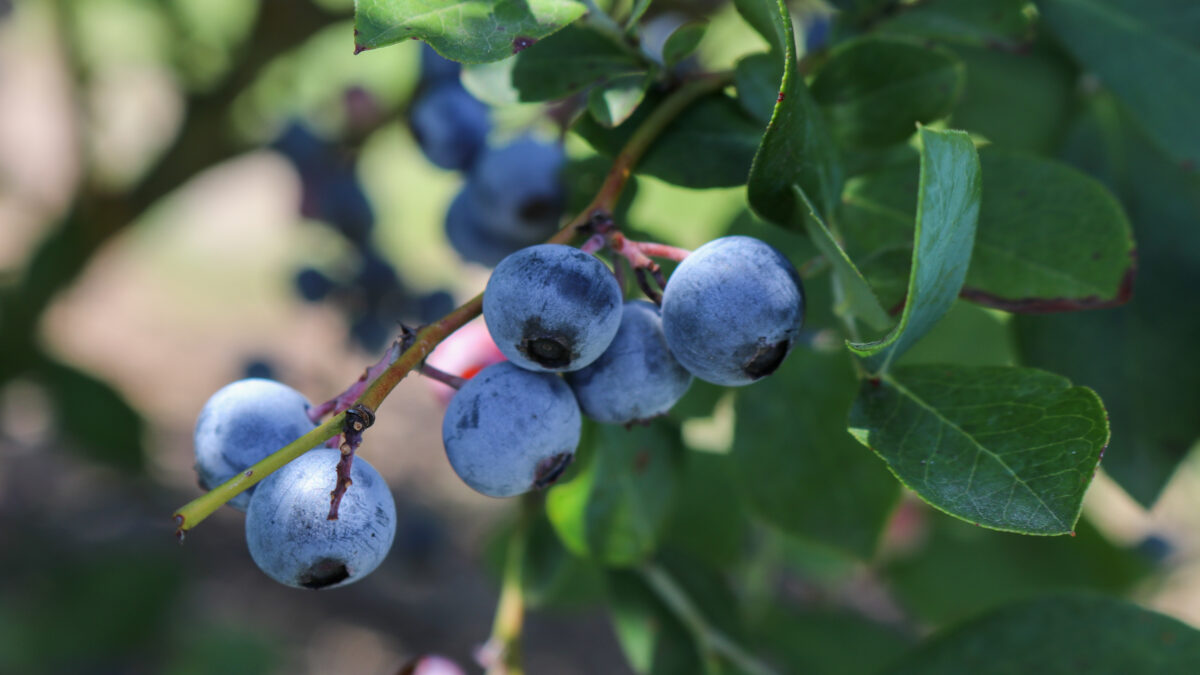Amazon Wants to be Your Online Supermarket
Guest Author
Special Contributor to FB.org

photo credit: Alabama Farmers Federation, Used with Permission
Guest Author
Special Contributor to FB.org
“No, Sally, your food doesn’t come from Amazon, it’s produced by farmers and ranchers”—someday this may be a mother’s answer to a child’s question about where her food comes from. Amazon, the giant e-retailer, recently announced a deal to purchase Whole Foods Market, the leading organic supermarket chain, for almost $14 billion.
Increasingly groceries will be sold online and delivered to the door or a distribution point for pick-up. According to the Food Marketing Institute, the voice of the retail food industry, online sales of food are expected to reach 20 percent of grocery sales by 2025, amounting to $100 billion. Amazon already has an online grocery presence through AmazonFresh, but its purchase of Whole Foods greatly raises its profile.
As one analyst put it, “By joining forces with Whole Foods, Amazon is poised to bring natural and organic food directly to more Americans than ever, at prices that could be more competitive with conventional foods.”
The deal has ramifications for the entire food industry including farmers. If Amazon’s past is any guide it may be a bumpy ride. Amazon started as an online bookseller, and it turned the industry on its head for writers, publishers and booksellers. The Author’s Guild summed up its latest complaint this way, “Amazon has already done enough damage to the book industry. It has devalued books by setting the price and consumer expectations for ebooks and hardcopy books artificially low, even taking a loss to do so.”
Amazon’s aggressive approach led to the closing of many independent booksellers, along with Borders, a major bookstore chain. Barnes and Noble has barely survived. It is no wonder that Amazon’s Whole Foods announcement set off sharp declines in grocery store stocks on Wall Street.
Amazon won’t take over grocery sales as easily as it did book sales, however. Amazon’s food sales are miniscule compared to the overall market which is quite fractured. Walmart leads the way with 14.5 percent of food and grocery sales, Kroger is next with 7.2 percent. Whole Foods has a 1.2 percent market share and Amazon only 0.2 percent of the grocery market.
To better understand the Whole Foods purchase, it helps to know a little about its founder, Jeff Bezos. Bezos wants Amazon to be “the everything store,” which happens to be the title of his biography by Brad Stone. It was only a matter of time before he focused attention on selling groceries which was a $669 billion market last year. Bezos likes bold action so he’s not afraid to attempt a transformation of the market.
Amazon’s success is predicated on low prices, quality and wide selection. It’s also known for excellent customer relations. But, the same good feeling doesn’t exist with all suppliers and industry trade groups. Whole Foods sources fresh produce from many small and mid-sized farms across the country. Producers could feel squeezed if Amazon, which is keeping the Whole Foods name, pays them less. Amazon also is in a position to try to dictate other terms to suppliers, including production practices.
In time, Amazon could force out some of the smaller supermarket chains that serve small cities and rural areas, as sometimes happened with Walmart. It could even hurt sales at farmers’ markets. Amazon is keeping Whole Foods supermarkets and may use them as distribution centers for its recently introduced ready-to-cook meal packages.
A century ago A&P pioneered the supermarket in America, and now it’s Amazon that is trying to make a big change in the way we shop for food.
Stewart Truelsen
Freelance writer
Stewart Truelsen is a food and agriculture freelance writer and a regular contributor to the Focus on Agriculture series.
Trending Topics
VIEW ALL